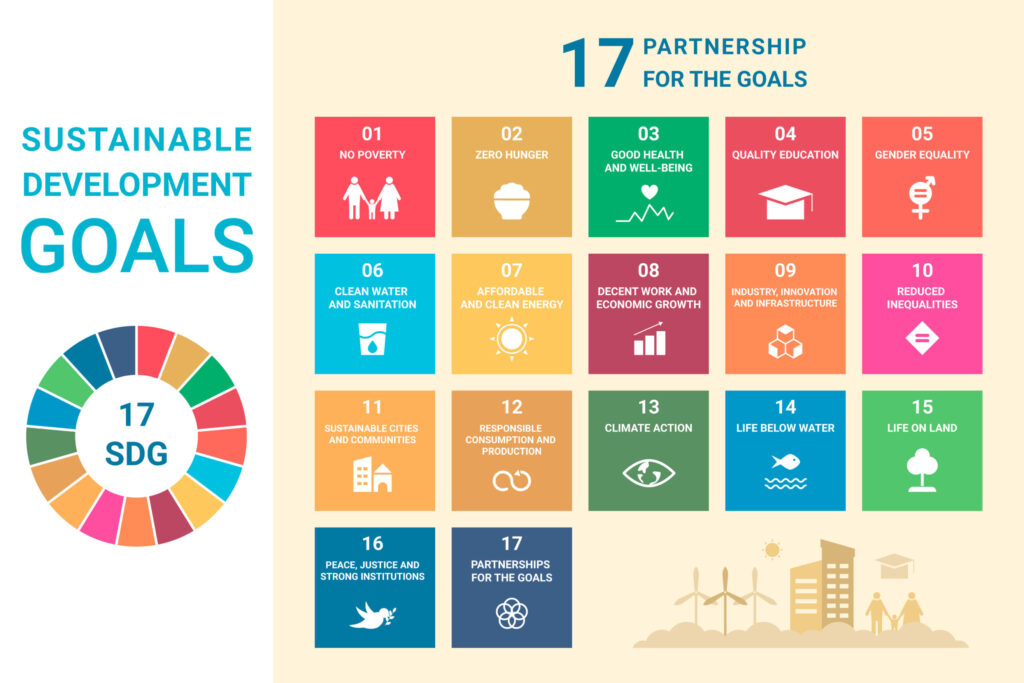GS3 – Environment
Context
The 10th edition of the United Nations SDG Report (2025) presents a concerning picture of the global trajectory toward the 2030 Agenda, showing stagnation and even deterioration in progress across various targets. Key areas such as climate resilience, food security, healthcare systems, and financing mechanisms for the SDGs are facing severe setbacks, posing significant risks to the vision of a sustainable and inclusive future.

Key Highlights
Overall Progress
- 35% of SDG targets (within 14 of 17 goals) are either stalled or regressing.
- The most regressive goals (with 50–57% of targets off-track) are:
- SDG 2: Zero Hunger
- SDG 4: Quality Education
- SDG 6: Clean Water and Sanitation
- SDG 8: Decent Work and Economic Growth
- SDG 10: Reduced Inequality
- Other goals with significant delays (40–42% targets off-track) include:
- SDG 12: Responsible Consumption and Production
- SDG 14: Life Below Water
- SDG 15: Life on Land
- SDG 16: Peace, Justice and Strong Institutions
Goal-Specific Analysis
- SDG 2 – Zero Hunger
- 4 of 7 targets are worsening.
- Global hunger rate stands at 9.1%, translating to 713–757 million people—an increase from 7.5% in 2019.
- Sub-Saharan Africa has the highest prevalence (23.2% undernourished), while South Asia has the largest number of hungry individuals (232 million).
- In 2023, half of the countries experienced food prices that were three times higher than pre-COVID levels.
- SDG 4 – Quality Education
- 57% of targets show stagnation or regression.
- Persistent gaps in school completion rates, basic literacy, and gender parity remain in many countries.
- SDG 6 – Clean Water and Sanitation
- Around 50–57% of targets are off-track.
- In 2024:
- 2.2 billion people lacked safely managed drinking water.
- 3.4 billion lacked access to safely managed sanitation.
- 1.7 billion did not have access to basic hygiene services.
- SDG 8 – Decent Work and Economic Growth
- 50–57% of targets are regressing.
- In 2024:
- 57.8% of the global workforce was in informal employment.
- Youth unemployment was at 12.9%, more than three times the adult unemployment rate (3.7%).
- SDG 10 – Reduced Inequality
- Inequalities in income, access to vaccines, digital services, and climate resilience have increased.
- Post-pandemic efforts did not significantly expand redistributive mechanisms.
Other Underperforming Goals
- SDG 14 – Life Below Water: Affected by declining fish stocks and marine pollution; it remains the least funded goal.
- SDG 3 – Good Health and Well-being:
- Stagnation in maternal mortality and universal health coverage targets.
- Health systems remain vulnerable post-pandemic.
Encouraging Trends
- HIV infections have reduced by almost 40% since 2010.
- Malaria interventions have prevented 2.2 billion cases and saved 12.7 million lives since 2000.
- Social protection systems now cover more than 50% of the global population.
Climate Risks and Warnings
- 2024 marked the hottest year ever, with temperatures 1.55°C above pre-industrial levels.
- WMO projects an 80% likelihood that at least one year between 2025–2029 will exceed this temperature record.
SDG Financing Challenges
- Official Development Assistance (ODA) declined by 7.1% in 2024, ending a five-year upward trend.
- The estimated annual SDG financing gap stands at a staggering US$4 trillion.




